En résumé :
Voyager avec des skis en 2025 peut entraîner des frais, mais Snowfeet rend cela plus simple et moins cher ! Le matériel de ski traditionnel entraîne des frais de bagages élevés, mais les Skiskates compacts de Snowfeet (44 cm) passent en bagage à main, et les Skiblades (65–99 cm) tiennent dans les bagages enregistrés standards — sans frais pour bagages surdimensionnés.
Conseils clés pour un voyage sans encombre :
- Pesez votre équipement et voyagez léger pour éviter les frais de surpoids. ✈️
- La taille plus petite de Snowfeet signifie moins de frais, surtout sur les compagnies aériennes à bas prix. 💰
- Vérifiez toujours les politiques des compagnies aériennes avant de voler pour éviter les surprises. ✅
Voyagez plus malin et économisez avec l'équipement Snowfeet — parce que voyager doit être amusant, pas cher ! 😎


Voici toute l'histoire :
Voyager avec des skis en [2025] peut être coûteux et compliqué, mais connaître les règles peut vous faire économiser de l'argent et du stress. Voici ce que vous devez savoir :
- Frais des compagnies aériennes : La plupart des compagnies américaines facturent 30 $–50 $ pour le premier bagage enregistré, avec des frais de surcharge pouvant atteindre 100 $. Southwest permet deux bagages enregistrés gratuits, mais les compagnies low-cost comme Spirit et Allegiant ont des limites plus strictes à 40 lbs.
- Sacs de ski : Les skis traditionnels entraînent souvent des frais de bagages surdimensionnés (75 $+), tandis que des alternatives compactes comme les Skiskates Snowfeet (44 cm) peuvent être emportées en cabine, évitant ainsi des frais supplémentaires.
- Conseils d'emballage : Utilisez du papier bulle pour la protection, pesez votre équipement pour éviter les frais de surcharge, et ne mettez que des articles liés au ski dans votre sac de ski pour respecter les règles des compagnies aériennes.
Comparaison rapide des frais des compagnies aériennes (États-Unis)
| Compagnie aérienne | Frais standard pour bagage enregistré | Limite de poids | Frais de surcharge de poids |
|---|---|---|---|
| Southwest | GRATUIT (2 premiers bagages) | 50 lbs | $75 |
| American Airlines | $30–40 | 50 lbs | $100 |
| Delta | $30–50 | 50 lbs | $100 |
| Spirit Airlines | $50 | 40 lbs | $30–$55 |
Un équipement de ski compact comme Snowfeet permet d'économiser de l'argent et des tracas, ce qui en fait un choix intelligent pour les voyageurs fréquents. Que vous voliez en national ou à l'international, vérifiez toujours les politiques des compagnies aériennes et préparez vos bagages intelligemment pour éviter les surprises.
Règles des équipements de ski des compagnies aériennes [2025]
Règles des compagnies américaines
Les grandes compagnies américaines, dont American Airlines, Delta et United, autorisent un sac de ski et un sac de chaussures comptant pour un seul article enregistré. Ces articles doivent peser moins de 50 livres pour éviter un frais de surpoids de 100 $. Southwest Airlines se distingue par sa politique de deux bagages enregistrés gratuits, offrant des économies tout en maintenant la limite de 50 livres et un frais de 75 $ pour le surpoids.
Les compagnies low-cost appliquent des règles plus strictes :
- Spirit Airlines : limite de 40 livres, frais de surpoids de 30 $ à 55 $
- Allegiant Air : limite de 40 livres, frais de 50 $ pour les sacs pesant entre 41 et 50 livres
- Frontier Airlines : limite de 50 livres, frais de 75 $ pour surpoids
Alors que les transporteurs américains suivent généralement des politiques cohérentes, les compagnies internationales ont plus de variations dans leurs règles.
Règles des vols internationaux
Les compagnies aériennes internationales ont une gamme plus large de politiques comparées aux transporteurs américains. Voici un aperçu rapide des frais actuels :
| Compagnie aérienne | Frais pour équipement de ski | Notes |
|---|---|---|
| Aer Lingus | Gratuit/40 € | Gratuit sur les routes nord-américaines |
| Air Malta | €30 | Gratuit si dans la franchise de bagages |
| Ryanair | 40-45 € | Facturé par trajet |
| EasyJet | £30 | Facturé par vol |
| Iberia | Gratuit-81 $ | Les frais varient selon l'itinéraire |
Par exemple, Aer Lingus inclut l'équipement de ski dans la franchise bagages standard sur les routes nord-américaines, mais les routes européennes facturent généralement 40 € par trajet. Connaître ces frais à l'avance peut vous aider à planifier votre budget voyage.
Liste de contrôle avant le vol
Avant de vous rendre à l'aéroport, passez en revue cette liste pour éviter les surprises :
- Confirmez les politiques : Appelez votre compagnie aérienne pour vérifier les règles et frais actuels concernant l'équipement de ski.
- Pesez votre équipement : Assurez-vous que votre matériel respecte la limite de poids pour éviter des frais supplémentaires.
- Vérifiez les règles pour le sac à chaussures : Découvrez si votre sac à chaussures est compté comme un article séparé.
- Obtenez-le par écrit : Demandez une confirmation écrite de tous les frais annoncés.
- Vérifiez les correspondances : Si vous voyagez avec plusieurs compagnies, consultez les politiques de chacune.
Pour Alaska Airlines, assurez-vous que votre sac de ski ne contient que des articles liés au ski, car emballer des vêtements pourrait poser problème. Vérifiez toujours les politiques avant votre voyage, car les compagnies aériennes peuvent mettre à jour leurs directives sans préavis.
Comment emballer l'équipement de ski
Emballer des skis standards
Pour protéger vos skis traditionnels pendant le voyage, emballez-les avec soin. Voici comment :
- Posez vos skis base contre base avec les fixations repliées.
- Enveloppez les fixations, les spatules et les talons avec du papier bulle pour un amorti supplémentaire.
- Placez des vêtements doux, comme des pulls ou des vestes, entre les skis pour réduire les mouvements.
- Utilisez un sac de ski à roulettes pour un transport facile et une protection supplémentaire.
Pour des alternatives compactes, découvrez les options de voyage pratiques de Snowfeet ci-dessous.
Gain de place avec Snowfeet

Les produits Snowfeet sont conçus pour simplifier les voyages. Les Skiskates Snowfeet (44 cm) peuvent tenir dans un bagage à main standard, tandis que leurs Skiblades (65 cm et 99 cm) tiennent dans des bagages enregistrés réguliers. Cela élimine le besoin de sacs de ski surdimensionnés et les frais supplémentaires qui y sont associés.
| Type d'équipement | Longueur | Type de sac typique | Frais supplémentaires |
|---|---|---|---|
| Snowfeet Skiskates | 44 cm | Bagage à main | Aucun |
| Snowfeet Skiblades | 65–99 cm | Bagage enregistré régulier | Bagages standard |
| Skis traditionnels | 150–190 cm | Sac de ski spécial | Frais pour bagages surdimensionnés |
"J'ai utilisé les Skiskates deux fois et je LES ADORE !!!! J'ai 60 ans et je n'ai pas skié depuis 25 ans. Les Skiskates m'ont fait aimer le ski à nouveau. C'est tellement amusant. Au moins une douzaine de personnes m'ont demandé des informations sur les Skiskates. Ils sont géniaux. Je les adore. La montagne où nous avons skié était Brenton Woods dans le NH.
Kevin H., US
Mesures de sécurité pour l'équipement
Suivez ces étapes pour protéger votre équipement de ski pendant le transport :
- Choisissez un sac ou une valise rigide durable, étiquetez-le "FRAGILE" et ajoutez des étiquettes d'identification claires.
- Enveloppez les bâtons de ski dans des vêtements doux et couvrez les pointes avec de la mousse ou un rembourrage.
- Prenez des photos de votre équipement emballé et incluez une note avec vos coordonnées à l'intérieur du sac.
Pour plus de commodité, emportez un tournevis cruciforme dans votre bagage à main pour tout ajustement des fixations - assurez-vous simplement qu'il respecte les directives de la TSA. De plus, doublez les sacs de vos articles de toilette pour éviter les fuites qui pourraient endommager votre équipement.
Comment emballer son équipement de ski pour un voyage en avion
sbb-itb-17ade95
Coûts de voyage : Skis vs. Snowfeet
Cette section détaille les différences de coûts entre voyager avec des skis traditionnels et l'équipement Snowfeet, selon les politiques des compagnies aériennes.
Comparaison des frais des compagnies aériennes
Voyager avec un équipement de ski traditionnel peut être coûteux en raison des frais élevés. Les compagnies à bas prix comme Spirit Airlines ont des règles strictes, tandis que les transporteurs classiques varient dans leurs structures tarifaires :
| Compagnie aérienne | Frais standard de bagage | Frais pour bagage surdimensionné | Coût potentiel pour un aller simple |
|---|---|---|---|
| Spirit Airlines | $50 | $100 | Jusqu'à 150 $ |
| Frontier Airlines | $45 | $75 | Jusqu'à 120 $ |
Les produits Snowfeet, en revanche, aident les voyageurs à éviter bon nombre de ces frais. Par exemple, les Skiskates de 44 cm tiennent dans un bagage à main, éliminant ainsi les frais de bagage enregistré. Les modèles Snowfeet plus grands comme les Skiblades de 65 cm et 99 cm ne nécessitent que les frais standard de bagage enregistré, ce qui en fait une option plus économique.
Avantages de la taille et du poids
La taille physique et le poids de l'équipement Snowfeet offrent des économies supplémentaires.
Économies de poids : Les skis traditionnels pèsent entre 11 et 15 lbs la paire, souvent à la limite des franchises de poids des compagnies aériennes. Les produits Snowfeet sont beaucoup plus légers, aidant les voyageurs à éviter les frais de surpoids.
Taille compacte :
À partir du 28 mai [2025], Southwest Airlines commencera à facturer les bagages enregistrés, rendant la taille plus petite de Snowfeet encore plus attrayante. Voici une comparaison des options de stockage et des frais :
| Type d'équipement | Option de stockage | Frais typiques des compagnies aériennes |
|---|---|---|
| Snowfeet Skiskates (44 cm) | Compatible avec les bagages à main | $0 |
| Snowfeet Skiblades (65–99 cm) | Bagage enregistré standard | $35–50 |
| Skis traditionnels (150–190 cm) | Sac de ski surdimensionné | $75–200 |
Pour les voyageurs fréquents, ces caractéristiques compactes et légères peuvent entraîner des économies significatives, surtout lorsqu'on voyage avec des compagnies low-cost comme Spirit ou Frontier.
Guide aéroportuaire pour l'équipement de ski
Étapes pour l'enregistrement d'objets volumineux
Voyager avec du matériel de ski nécessite une planification supplémentaire, surtout à l'aéroport. Arriver tôt est une bonne idée pour gérer les étapes supplémentaires liées à l'enregistrement de l'équipement sportif.
Voici comment rendre le processus d'enregistrement plus fluide :
-
Préparation avant l'enregistrement
Emballez votre équipement en toute sécurité en utilisant du papier bulle ou des vêtements comme rembourrage. Placez une copie de vos coordonnées à l'intérieur du sac pour plus de sécurité. Cela aide à éviter les problèmes lors de l'enregistrement et accélère le processus avant de passer la sécurité et la douane. -
Processus d'enregistrement à l'aéroport
Dirigez-vous vers le guichet des bagages de taille spéciale pour les équipements sportifs surdimensionnés. Même si vous avez enregistré votre équipement de ski en ligne, confirmez la réservation au comptoir d'enregistrement pour vous assurer que tout est en ordre.
| Type d'équipement | Lieu d'enregistrement | Documents requis |
|---|---|---|
| Skis traditionnels | Guichet des tailles spéciales | Confirmation de réservation, pièce d'identité |
| Snowfeet Skiskates | Enregistrement régulier / Bagage à main | Carte d'embarquement standard |
| Snowfeet Skiblades | Enregistrement régulier | Étiquette de bagage standard |
Guide de sécurité et de douane
Une fois que vous vous êtes enregistré, vous devrez gérer les procédures de sécurité et de douane. Un peu de préparation peut vous éviter des retards inutiles.
Directives TSA :
Assurez-vous que les embouts de vos bâtons de ski sont correctement couverts pour passer sans problème le contrôle de sécurité.
Conseils douaniers :
Étiquetez vos sacs avec des autocollants « fragile » pour encourager une manipulation soigneuse par le personnel des bagages.
Pour les vols internationaux, gardez à l'esprit que le matériel de ski pourrait être livré sur un carrousel à bagages séparé à votre destination. Renseignez-vous au bureau d'information de l'aéroport pour connaître l'emplacement exact. Même si votre sac a des roues, utiliser un chariot à bagages est une bonne idée - les aéroports exigent souvent de longues marches entre les terminaux.
Conseils pour la gestion du poids :
- La plupart des compagnies aériennes ont une limite de poids standard de 70 lbs (32 kg) pour les bagages enregistrés.
- Utilisez une balance à bagages portable chez vous pour éviter les surprises à l'aéroport.
Le matériel Snowfeet est une excellente option pour les voyageurs recherchant la commodité. Leurs Skiskates compacts de 44 cm peuvent passer la sécurité comme bagages à main, et même leurs modèles plus grands respectent les exigences des bagages standards. Cela élimine la nécessité d'une manipulation spéciale dans la plupart des cas, rendant votre expérience de voyage beaucoup plus facile.

Résumé
Voyager avec du matériel de ski en 2025 nécessite une planification minutieuse. Les grandes compagnies aériennes américaines comme American Airlines, Delta et United considèrent le matériel de ski comme un bagage enregistré standard, avec des frais généralement compris entre 30 $ et 50 $ pour le premier bagage.
Southwest Airlines se distingue en autorisant deux bagages enregistrés gratuits, ce qui en fait un choix économique. En revanche, Spirit et Frontier imposent des limites de poids plus strictes et des frais plus élevés pour les articles surdimensionnés.
"Toutes les compagnies aériennes ont des politiques spéciales pour vos skis et snowboards, nous avons donc préparé un résumé rapide de la façon dont chaque compagnie aérienne intérieure américaine traite votre équipement de neige !" - Jack Lee, SnowPak
Les produits Snowfeet facilitent et rendent moins cher le voyage avec du matériel de ski. Les Skiskates compacts de 44 cm respectent les limites de taille des bagages à main, tandis que les Skiblades de 99 cm correspondent aux exigences des bagages enregistrés standards. Cette conception élimine les frais élevés de surpoids, qui peuvent aller de 50 $ à 100 $.
| Type d'équipement | Longueur typique | Manipulation par la compagnie aérienne |
|---|---|---|
| Skis traditionnels | 160-190 cm | Manipulation spéciale requise, souvent avec des frais supplémentaires |
| Snowfeet Skiskates | 44 cm | Convient comme bagage à main |
| Snowfeet Skiblades | 65-99 cm | Considéré comme bagage enregistré standard |
En plus d'économiser sur les frais, le matériel Snowfeet offre des avantages pratiques. Conçus avec des matériaux durables renforcés en fibre de verre, ils allient portabilité et performance. De plus, leur compatibilité avec des bottes d'hiver classiques réduit à la fois le poids des bagages et les coûts.
Vérifiez toujours les politiques de bagages des compagnies aériennes internationales avant votre voyage. Pour plus de conseils sur la préparation des bagages et l'enregistrement, consultez le guide complet.
FAQ
Qu'est-ce qui fait des Snowfeet Skiskates un meilleur choix que les skis traditionnels pour les voyages en avion ?
Les Snowfeet Skiskates offrent une portabilité inégalée comparée aux skis traditionnels, ce qui change la donne pour les voyages en avion. Leur taille compacte - seulement 44 cm - les rend bien plus faciles à emballer, vous faisant gagner de la place et potentiellement réduire les frais de bagages. Contrairement aux skis encombrants de marques comme Rossignol ou Atomic, les Snowfeet Skiskates peuvent tenir dans un bagage cabine standard, éliminant le besoin de bagages surdimensionnés.
De plus, leur conception légère facilite grandement la navigation dans les aéroports et les transports, vous permettant de vous concentrer sur le plaisir de votre voyage plutôt que de lutter avec un équipement lourd. Si vous cherchez un moyen sans tracas d'emporter votre matériel de neige, les Snowfeet Skiskates sont le choix idéal pour les skieurs voyageurs.
Comment éviter des frais supplémentaires lors d'un vol international avec du matériel de ski ?
Pour éviter des frais supplémentaires lors d'un vol international avec du matériel de ski, commencez par vérifier la politique de bagages de votre compagnie bien à l'avance. La plupart des compagnies autorisent un sac de ski ou de snowboard et un sac à chaussures comptant pour un seul bagage enregistré, mais il y a souvent des limites de poids (généralement 50 lbs) et des restrictions de taille. Les dépasser peut entraîner des frais supplémentaires, alors emballez avec soin.
Si vous voyagez avec un équipement compact comme les Snowfeet Skiskates ou les Skiblades, vous pouvez gagner de la place et potentiellement éviter les frais de bagages surdimensionnés. Leur taille plus petite les rend plus faciles à emballer comparé aux skis traditionnels de marques comme Rossignol ou Atomic. Pesez toujours vos sacs chez vous pour vous assurer qu'ils respectent les exigences de la compagnie aérienne, et envisagez d'investir dans un sac de voyage léger pour plus de commodité.
En planifiant à l'avance et en choisissant un équipement compact et portable, vous éviterez le stress des frais surprises et profiterez d'un voyage plus fluide.
Comment puis-je emballer mon équipement de ski pour le garder en sécurité et respecter les exigences des compagnies aériennes ?
Pour protéger votre équipement de ski et respecter les règles des compagnies aériennes, suivez ces conseils :
- Utilisez un rembourrage approprié : Enveloppez vos skis, chaussures et bâtons avec des objets doux comme des vêtements ou du papier bulle pour éviter les dommages lors de la manipulation.
- Choisissez le bon sac : Investissez dans un sac spécifique pour skis, idéalement avec un rembourrage et des roues pour un transport plus facile.
- Emballez efficacement : Optimisez l'espace en glissant de petits objets comme des gants, chaussettes ou bonnets à l'intérieur de vos chaussures de ski. Vous pouvez aussi ranger vos vêtements de ski dans votre sac à chaussures.
- Vérifiez les politiques des compagnies aériennes : Confirmez la taille des bagages, les limites de poids (généralement 50 lbs) et les frais auprès de votre compagnie avant de voyager pour éviter les surprises.
En vous préparant soigneusement, vous garantirez la sécurité de votre équipement et un voyage sans stress.

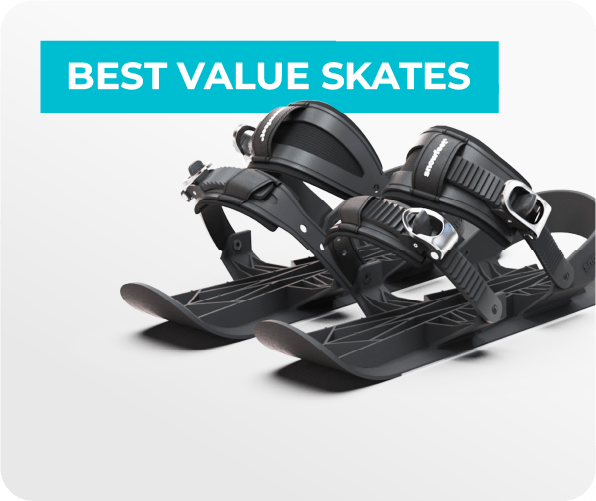
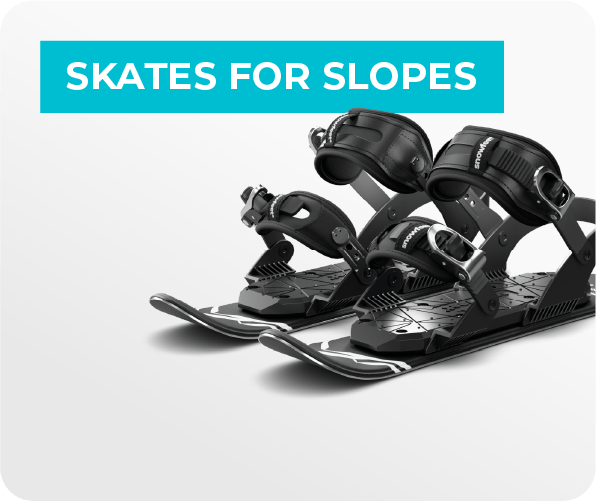
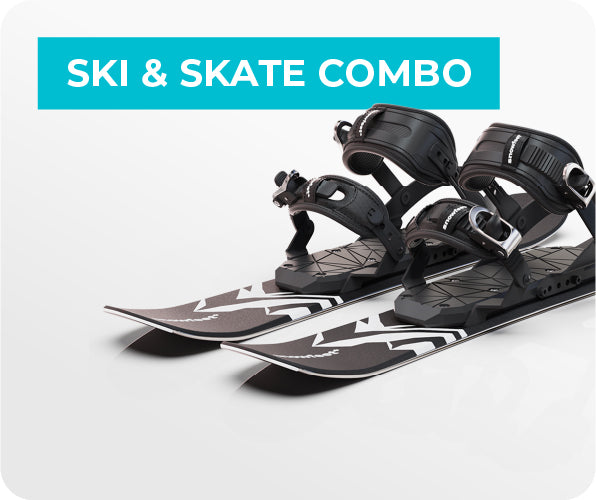
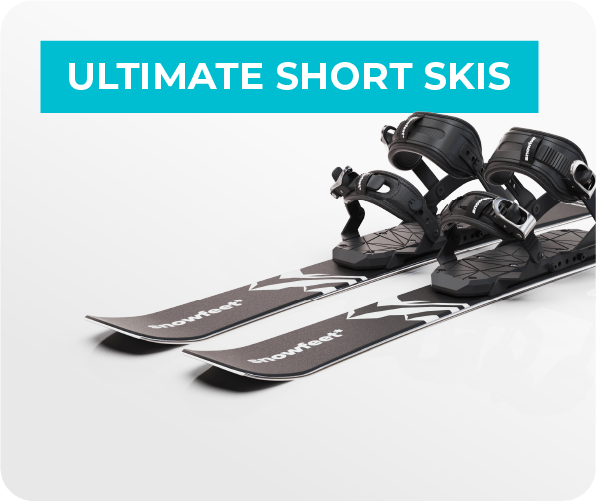
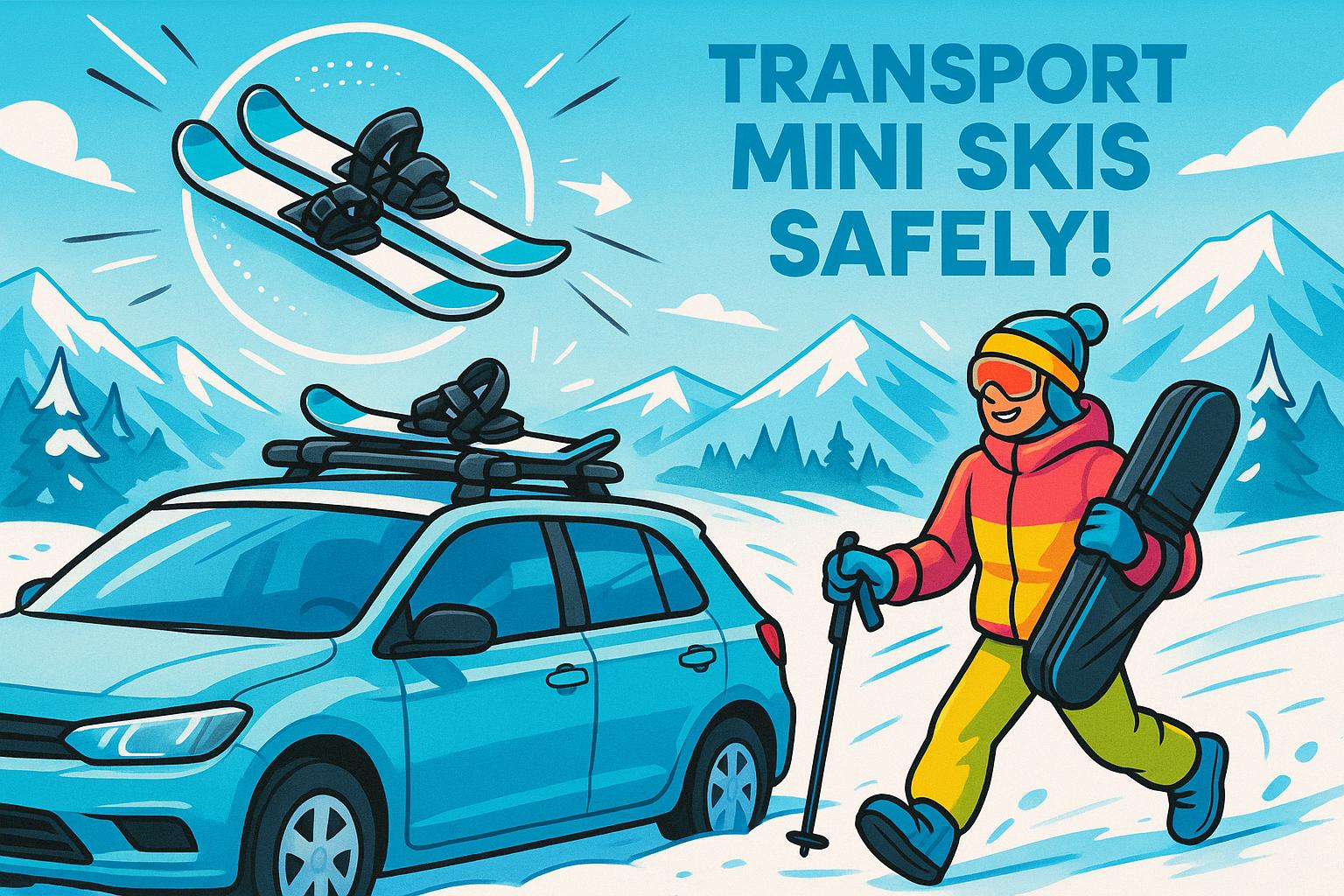
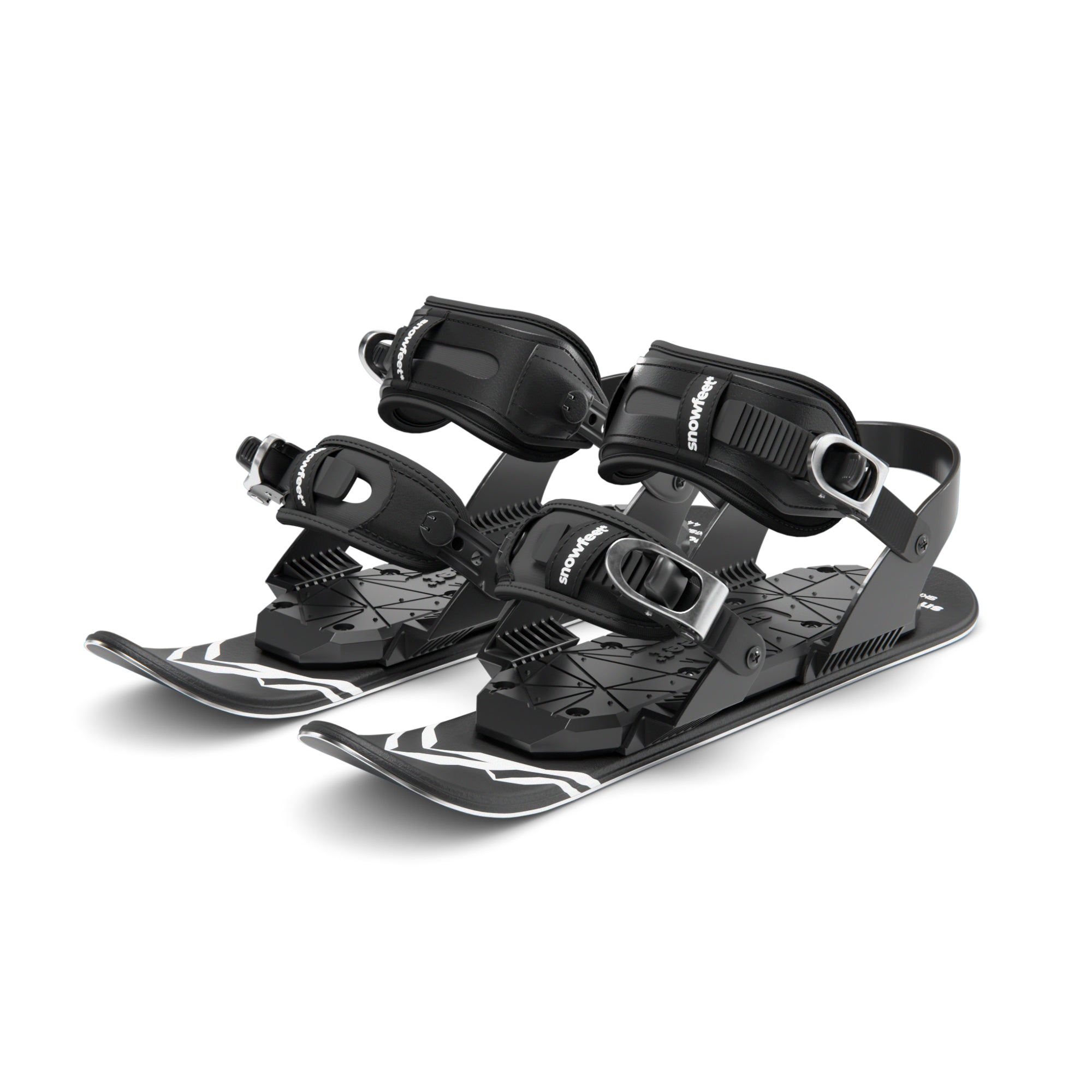
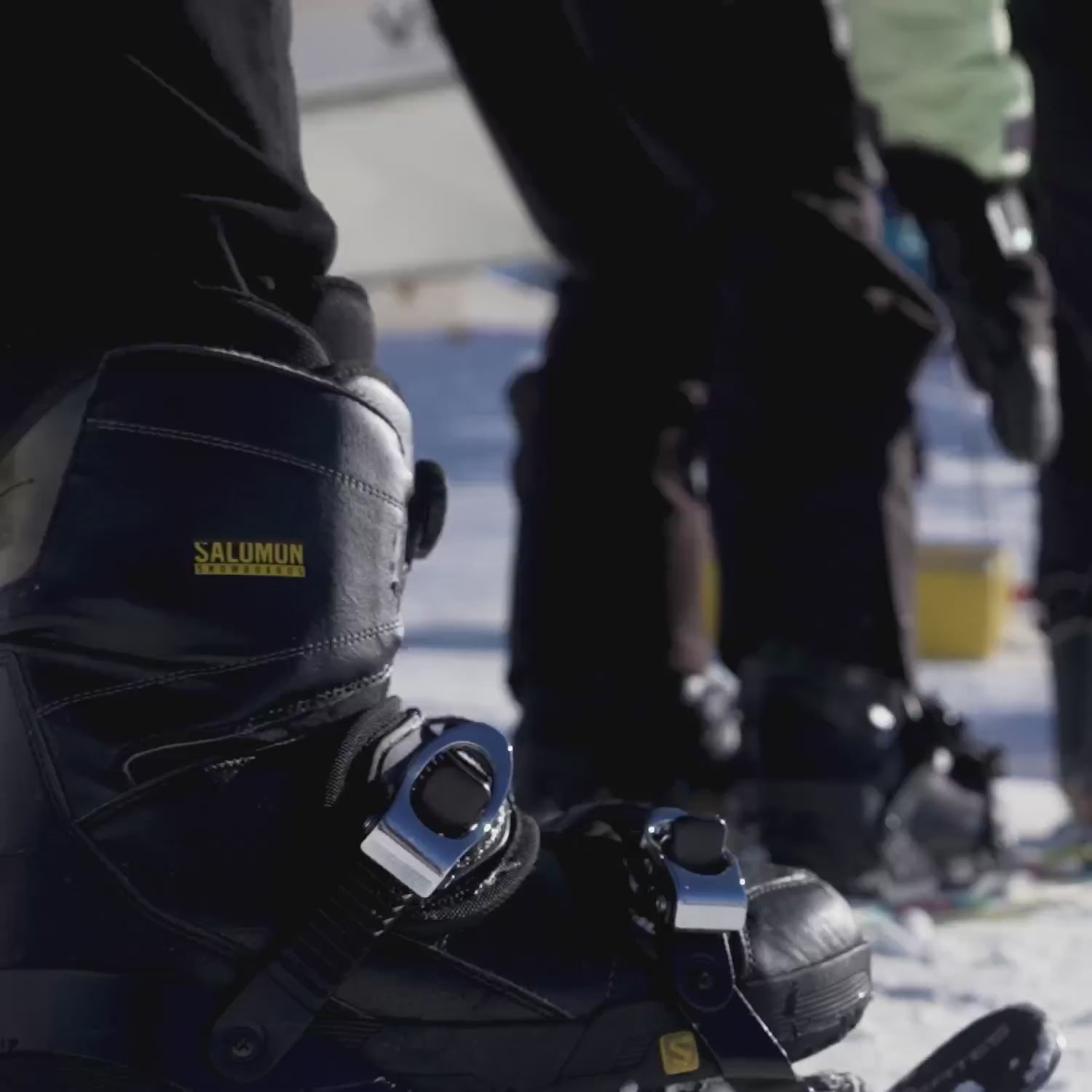
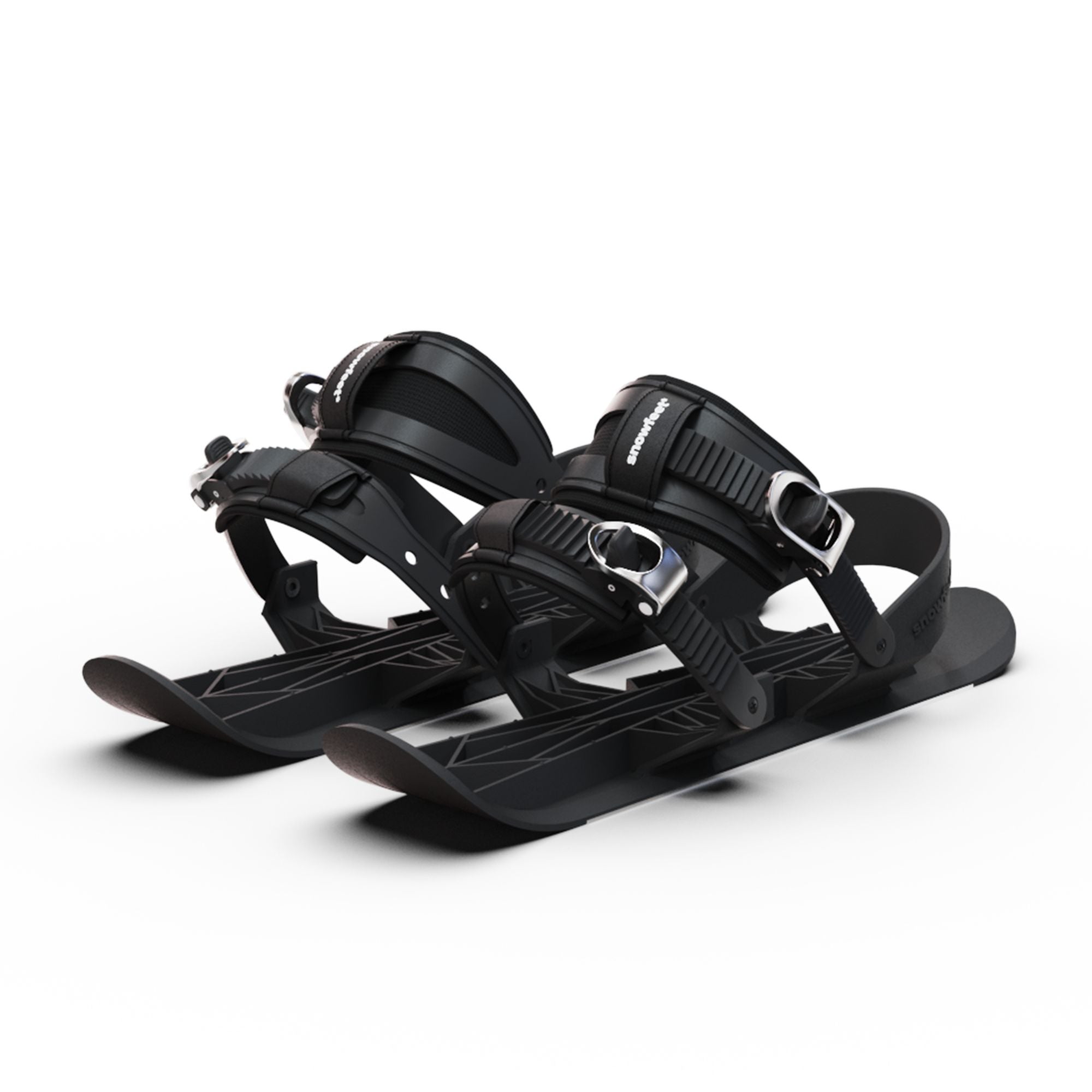
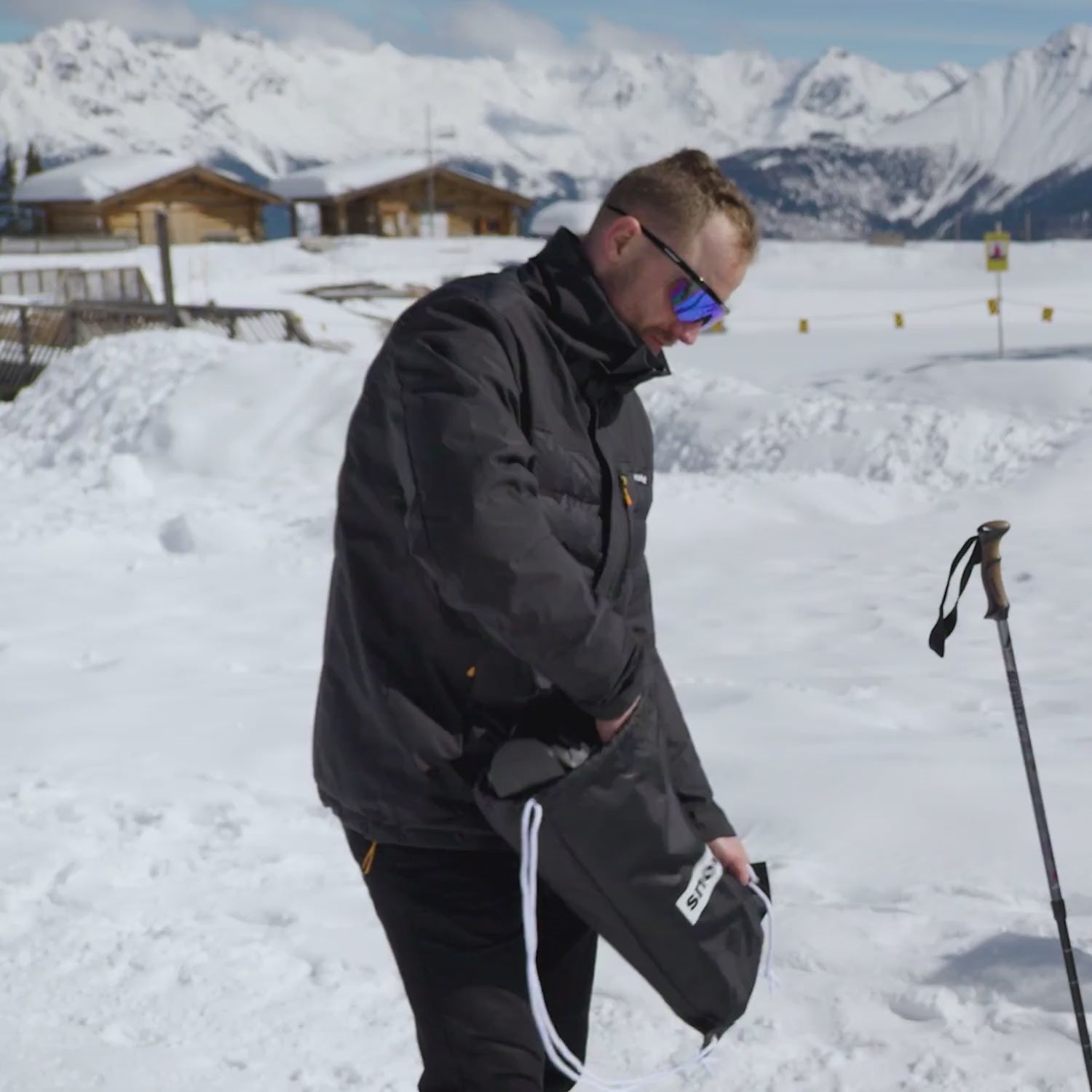
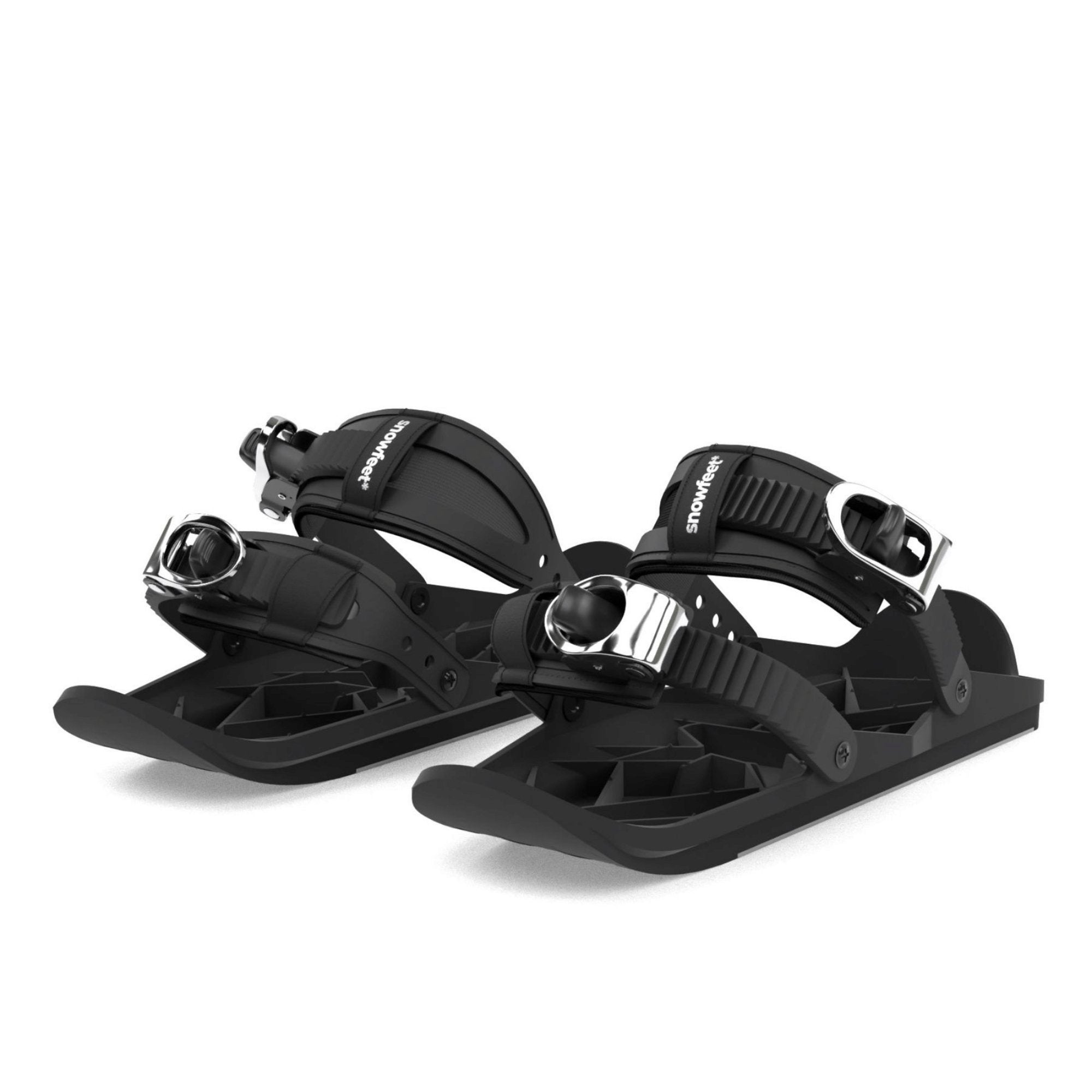
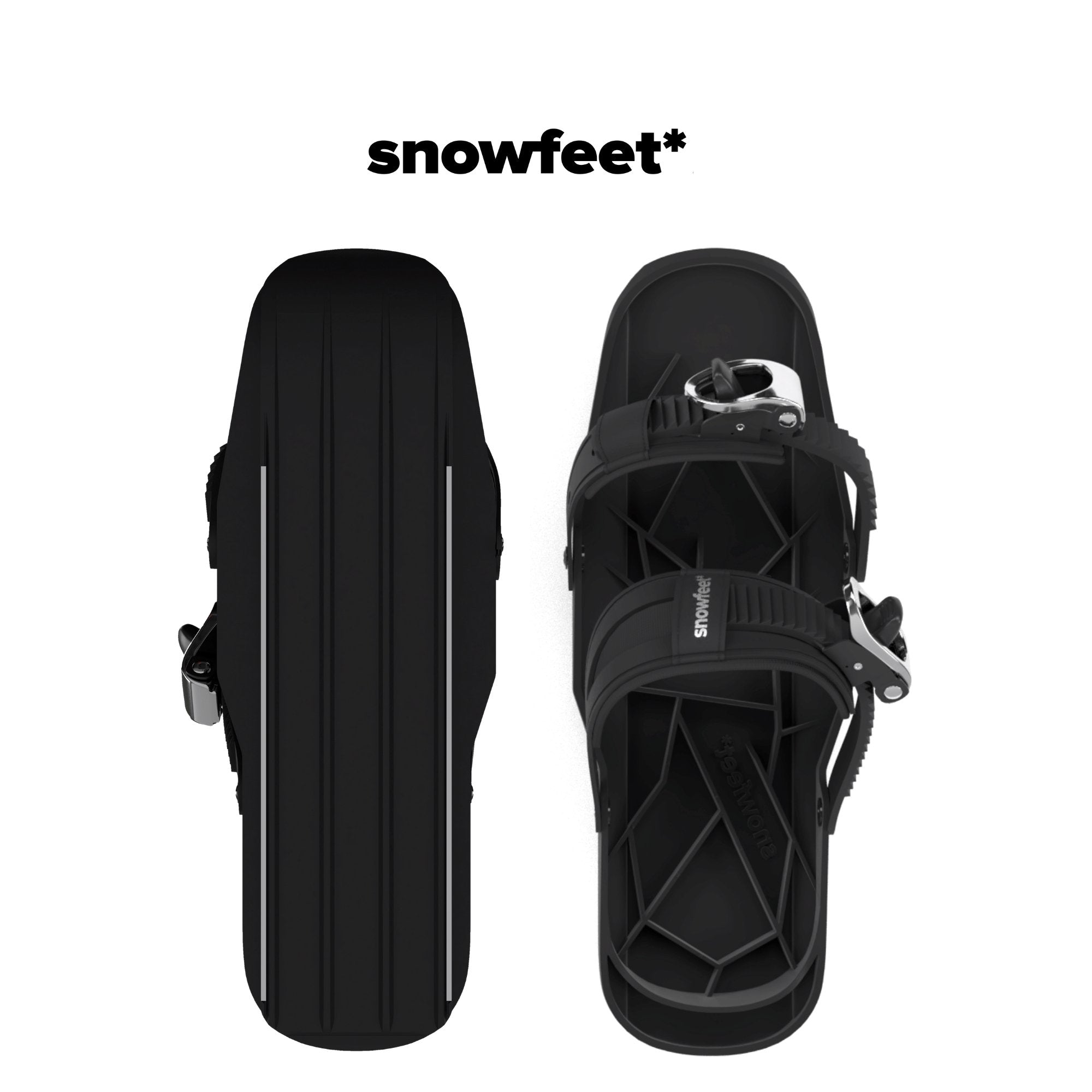
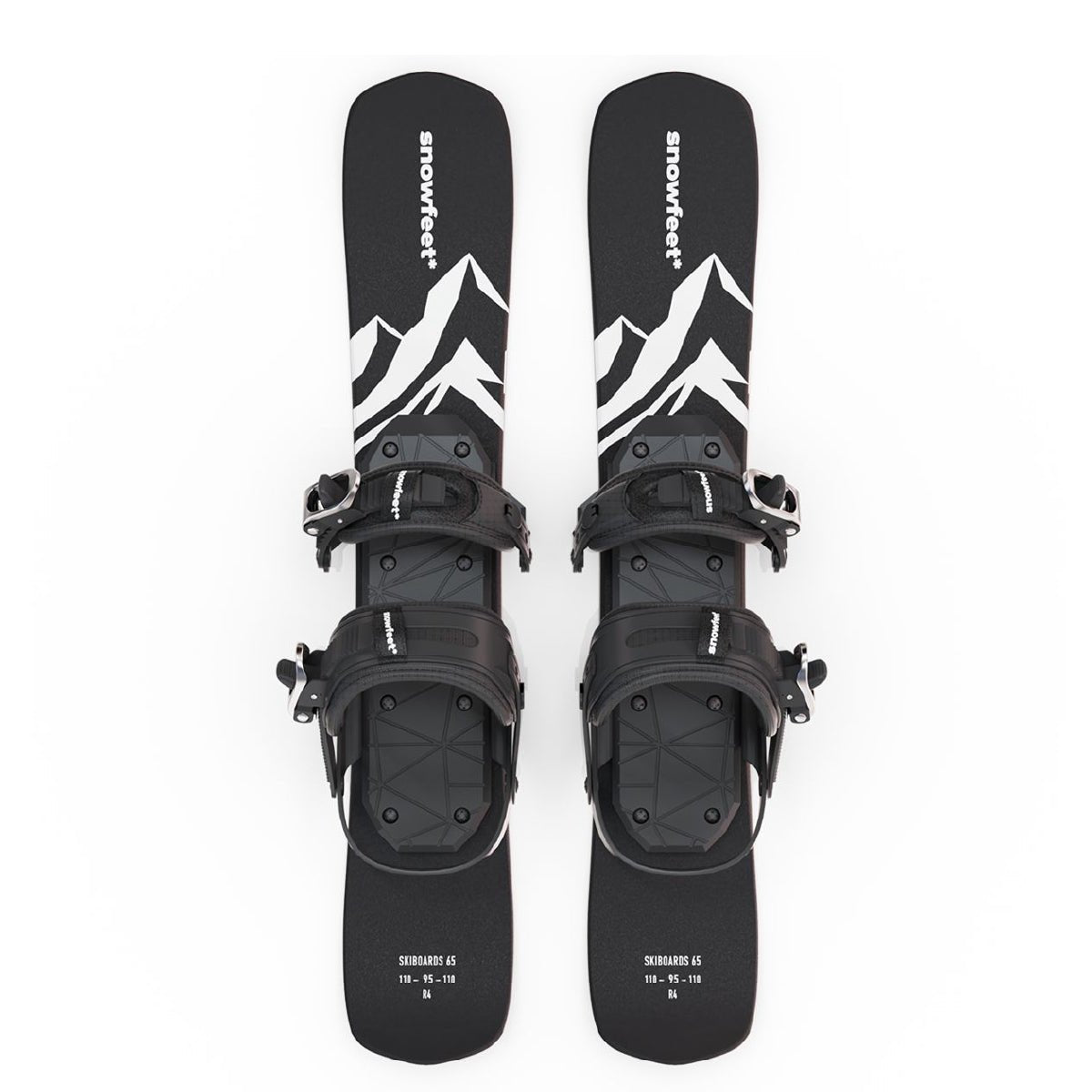

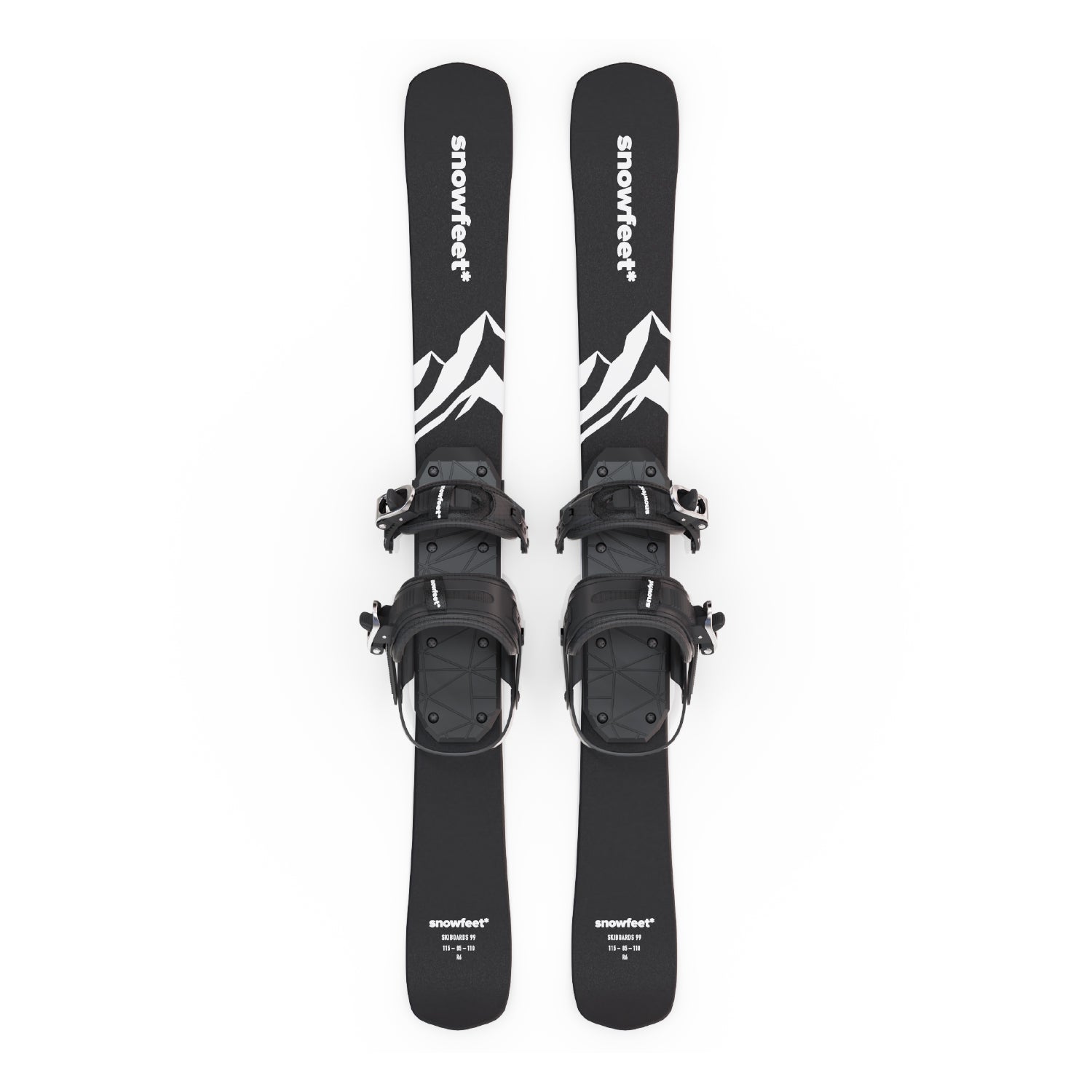
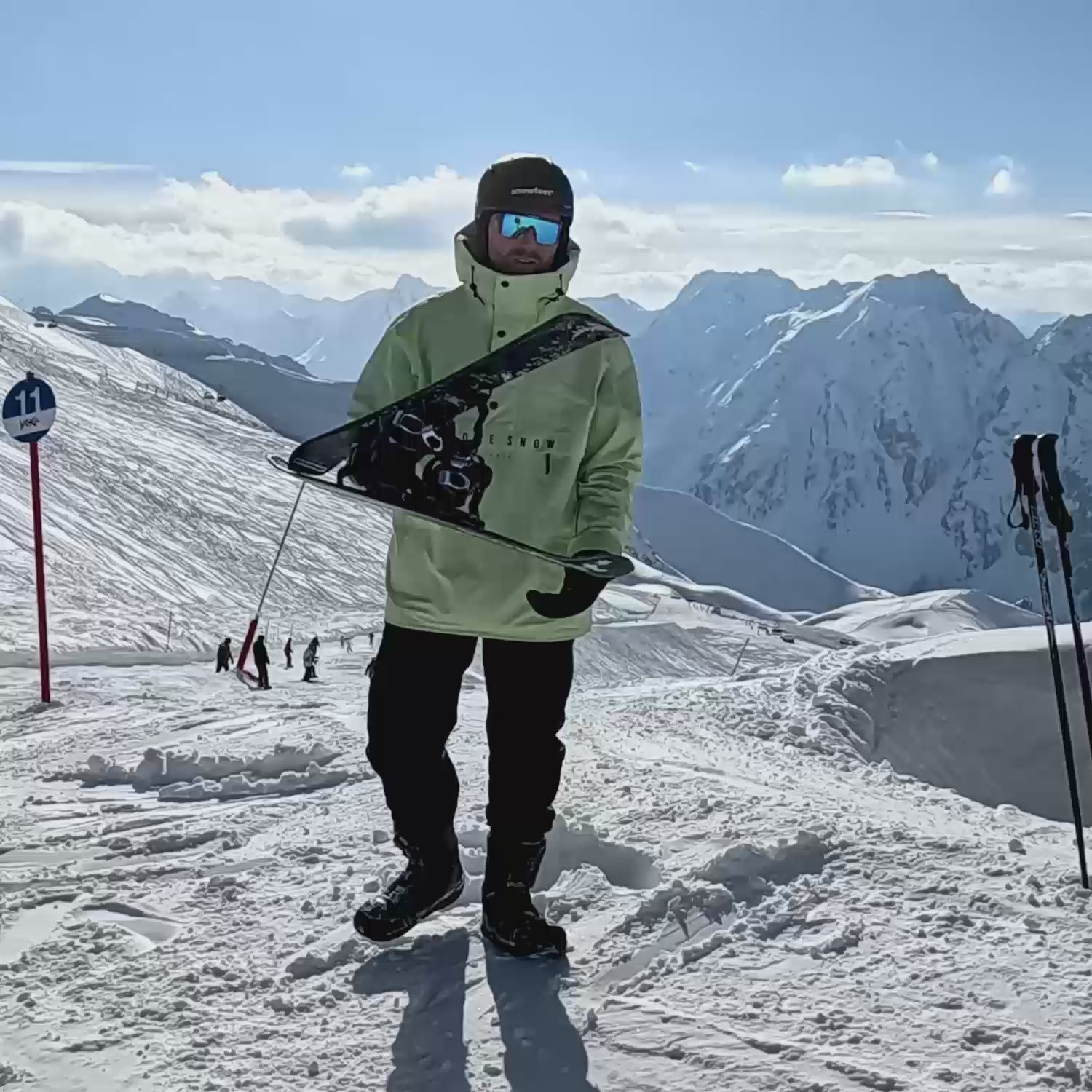
Laisser un commentaire
Ce site est protégé par hCaptcha, et la Politique de confidentialité et les Conditions de service de hCaptcha s’appliquent.